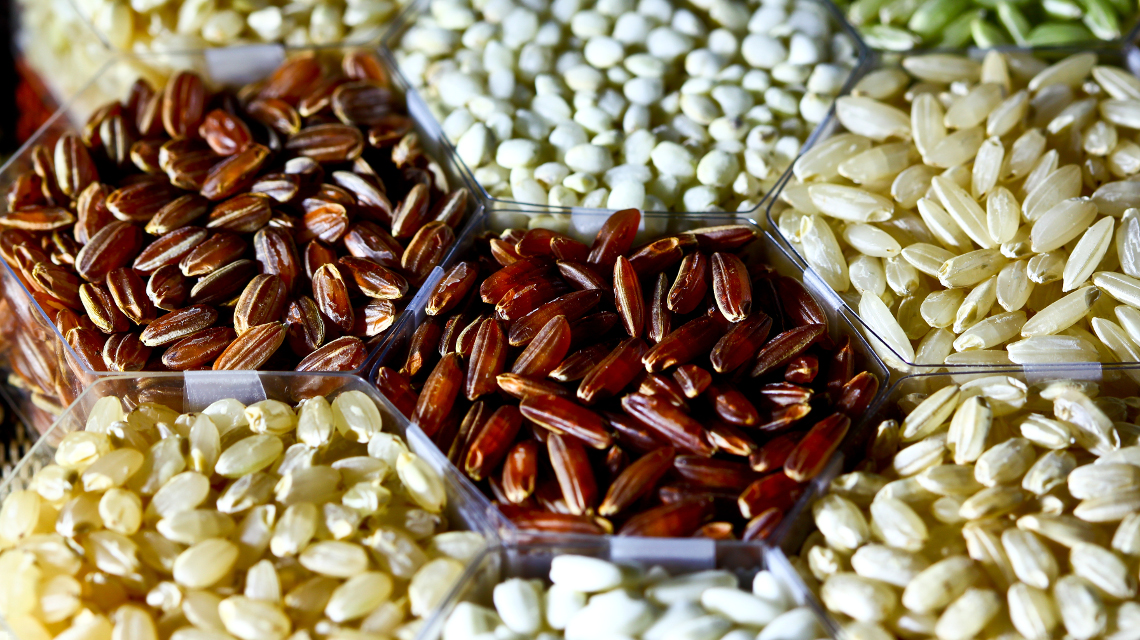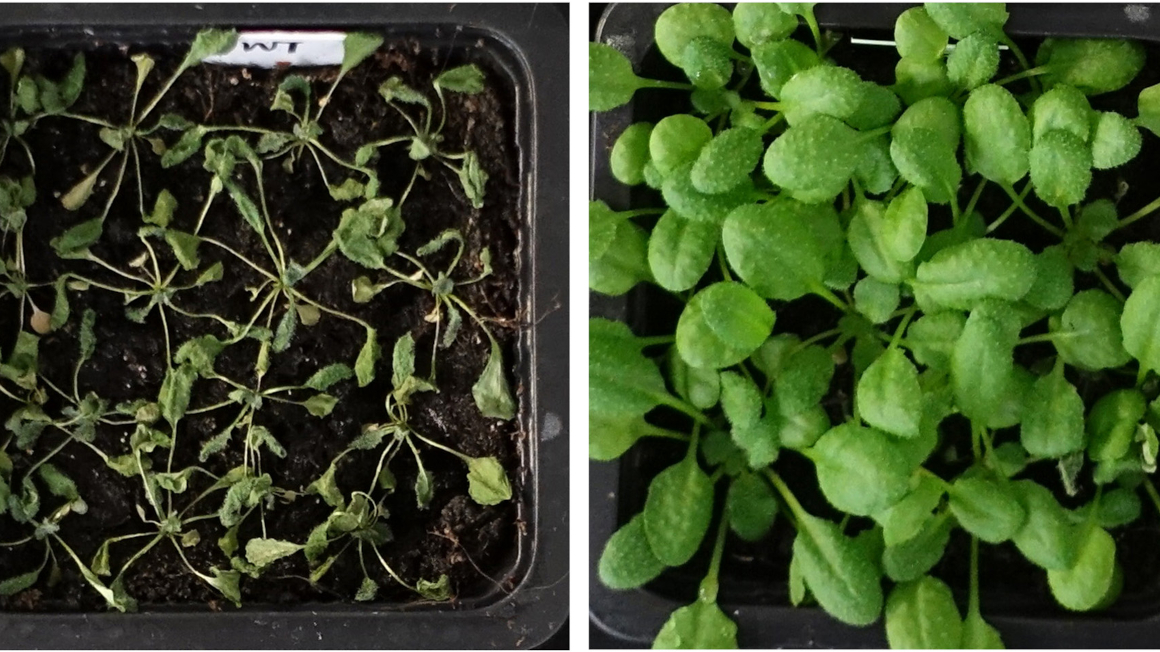High-protein rice varieties cultivated
Max Planck researchers in Potsdam have worked with the International Rice Research Institute (IRRI) to breed rice varieties with a high protein content. Among other things, the CRISPR-Cas gene scissors were used.

The world's population is expected to grow to around 9.7 billion people by 2050, and feeding them will be a global challenge. Research has long been underway to make staple foods such as rice more productive and also more nutritious in terms of their ingredients. For example, so-called HAHP rice varieties (high amylose, high protein) contain particularly high levels of protein and the carbohydrate amylose compared to conventional rice varieties. This makes them particularly suitable for people with a protein deficiency and also for diabetics. Researchers at the International Rice Research Institute (IRRI) in the Philippines and the Max Planck Institute of Molecular Plant Physiology in Potsdam have now succeeded in developing HAHP rice varieties with additional positive properties.
Crossbreeding, genetic analyses and genome editing as a basis
Conventional rice varieties have a low protein content of 2 to 8% and a high carbohydrate content of up to 80%. The research team found out which genes are responsible for this composition through crossing experiments between the rice varieties Samba Mahsuri and IR36ae and with the help of DNA analyses.
As the team reports in the scientific journal "PNAS", the content of the poorly digestible amylose in the rice grain is influenced by the gene sbeIIb and therefore also the glycaemic index. The glycaemic index indicates how strongly a carbohydrate-containing food affects blood sugar levels and whether it is suitable for diabetics. According to the researchers, by replacing a single base of the sbeIIb gene using the CRISPR-Cas gene scissors, it was possible to increase the amylose content in the rice grain by 8% and at the same time reduce the glycaemic index by 60%.
Valuable ingredients and high yields
The newly developed rice also convinces with other important ingredients: It contains a wealth of essential amino acids such as histidine, isoleucine, lysine, methionine, phenylalanine and valine. These vital amino acids must be obtained from food because they cannot be produced by the body itself. ‘The new rice varieties could become an important source of proteins and essential amino acids such as lysine in regions where rice is a staple food,’ says Alisdair Ferni from the Max Planck Institute of Molecular Plant Physiology.
There is something else special about the newly developed varieties: according to the researchers, the new plants deliver yields similar to so-called high-yielding varieties, which is not a given for HAHP rice.
Possible EU authorisation for GMO-free rice varieties
In addition to the new genome-edited plants, the researchers were also able to produce the high-protein, low-sugar rice using conventional breeding methods. ‘Such HAHP rice would therefore not be affected by a future amendment to the EU Genetic Engineering Act, as it is not genetically modified. It could therefore also be authorised in the EU,’ says Rhowell Tiozon Jr. from the International Rice Research Institute.
The researchers now want to carry out targeted breeding on rice varieties in Asia and Africa in the future in order to improve the food supply for as many people as possible.
am/bb


